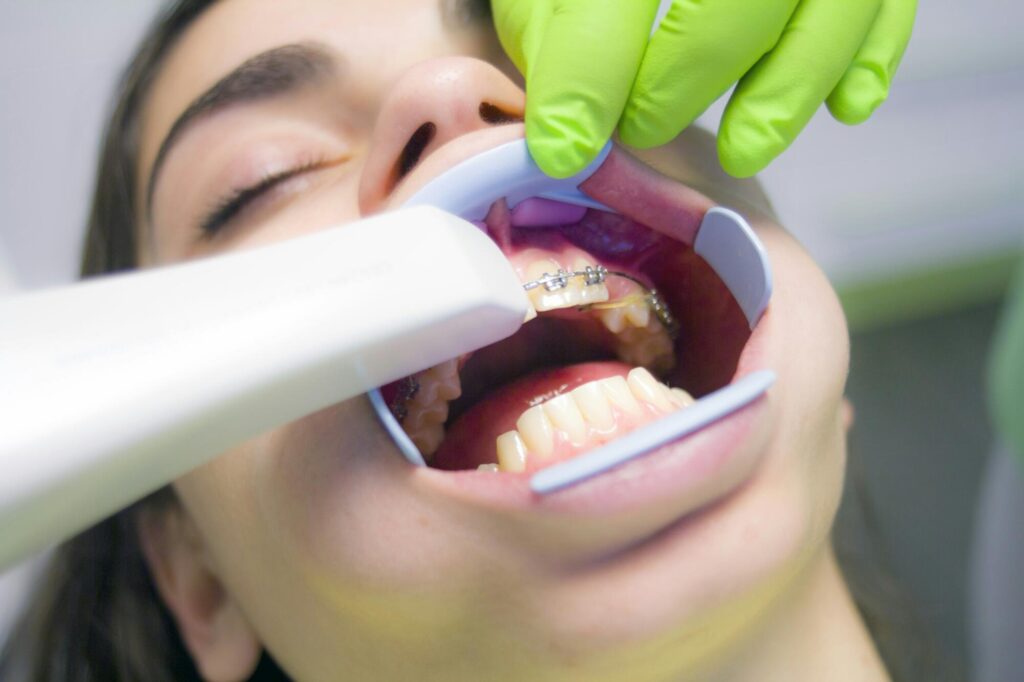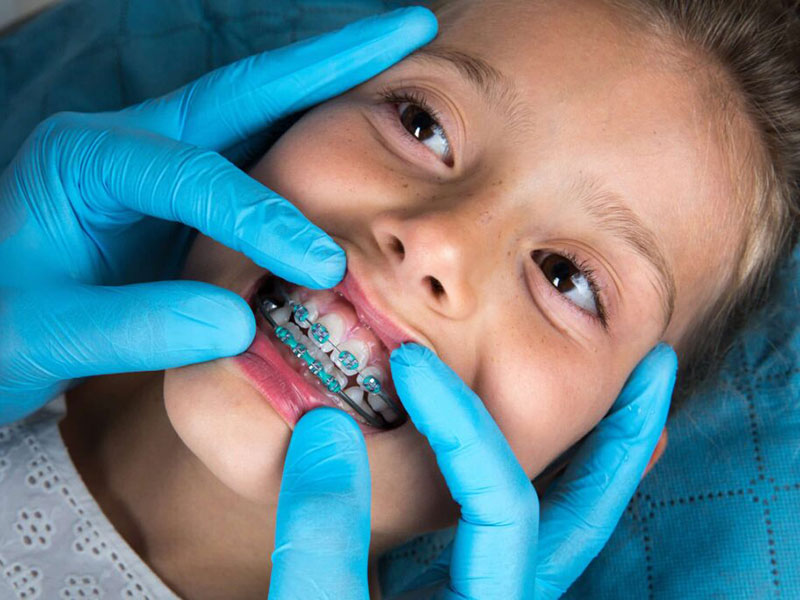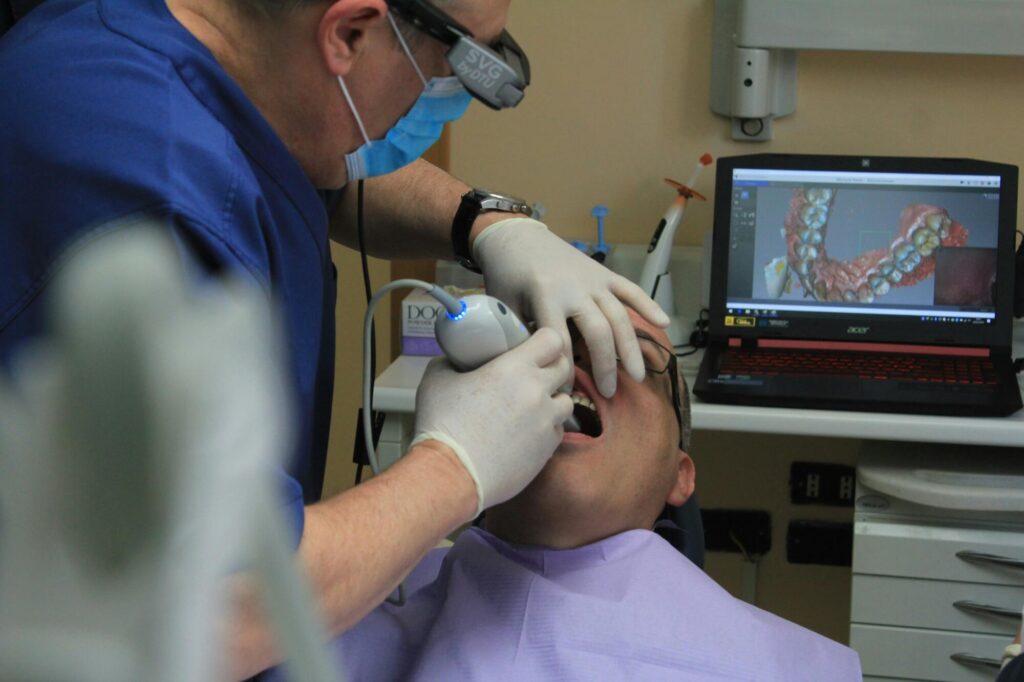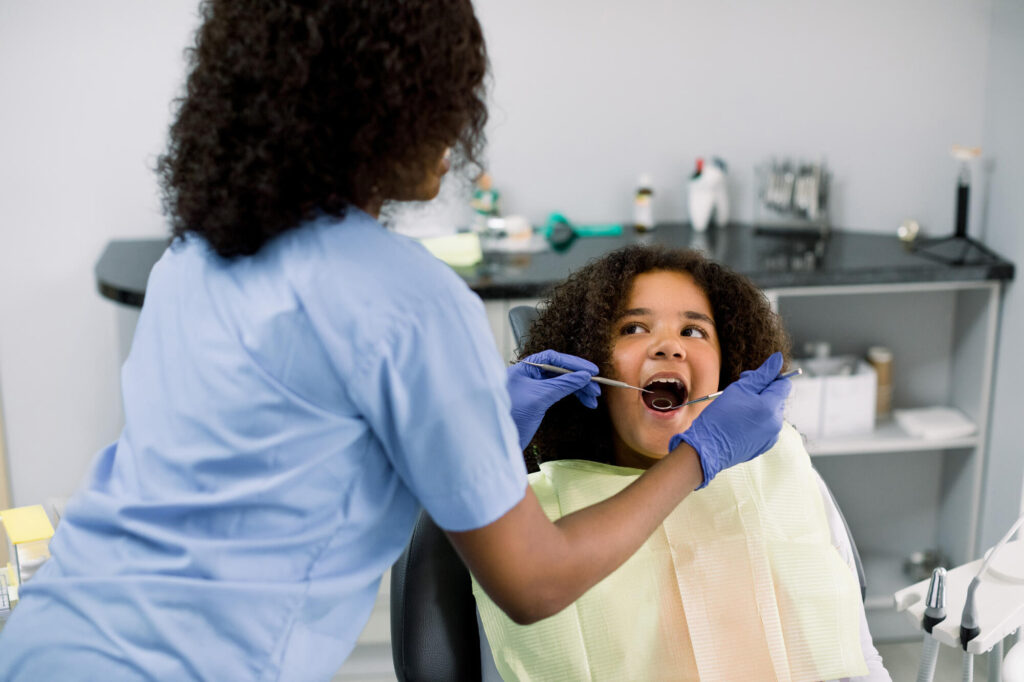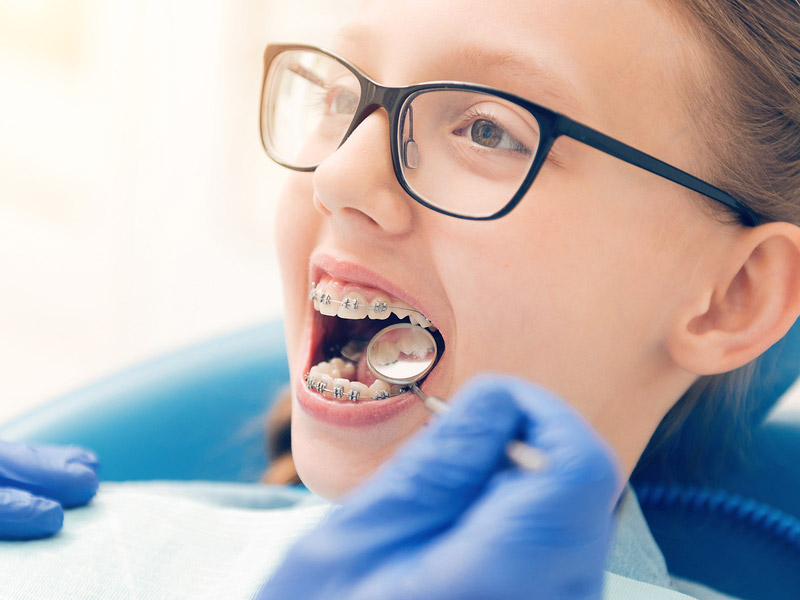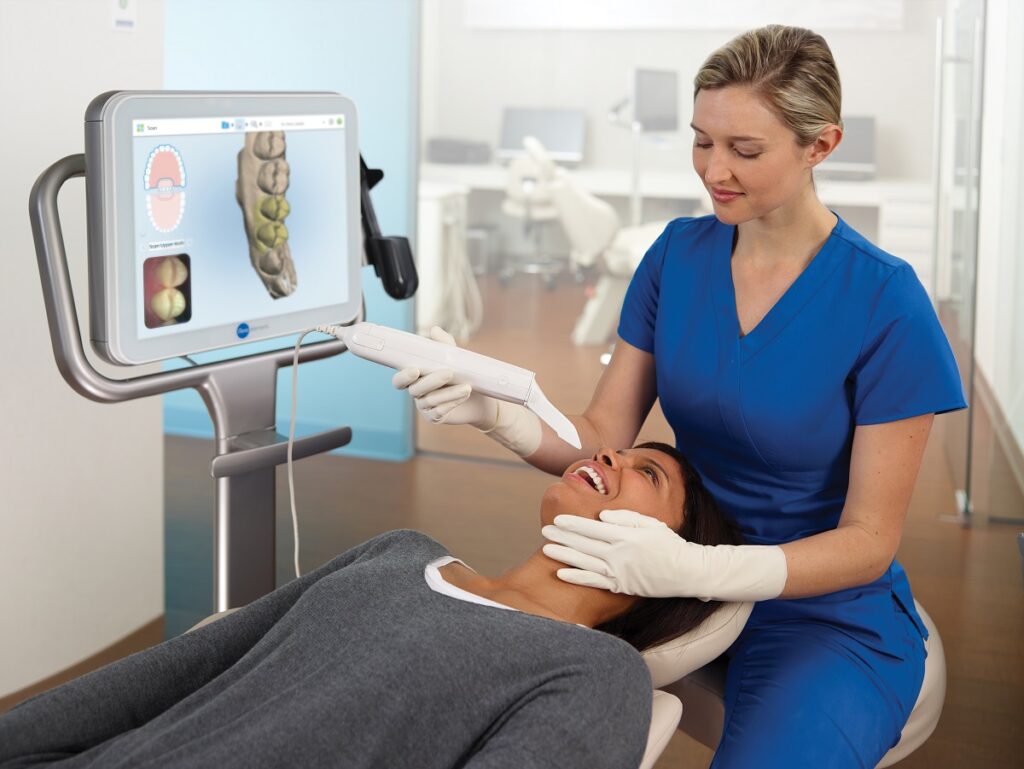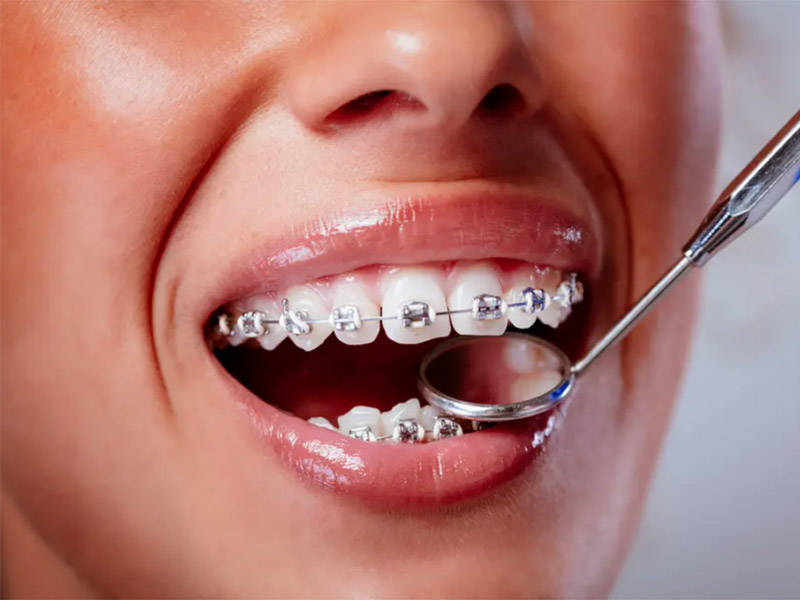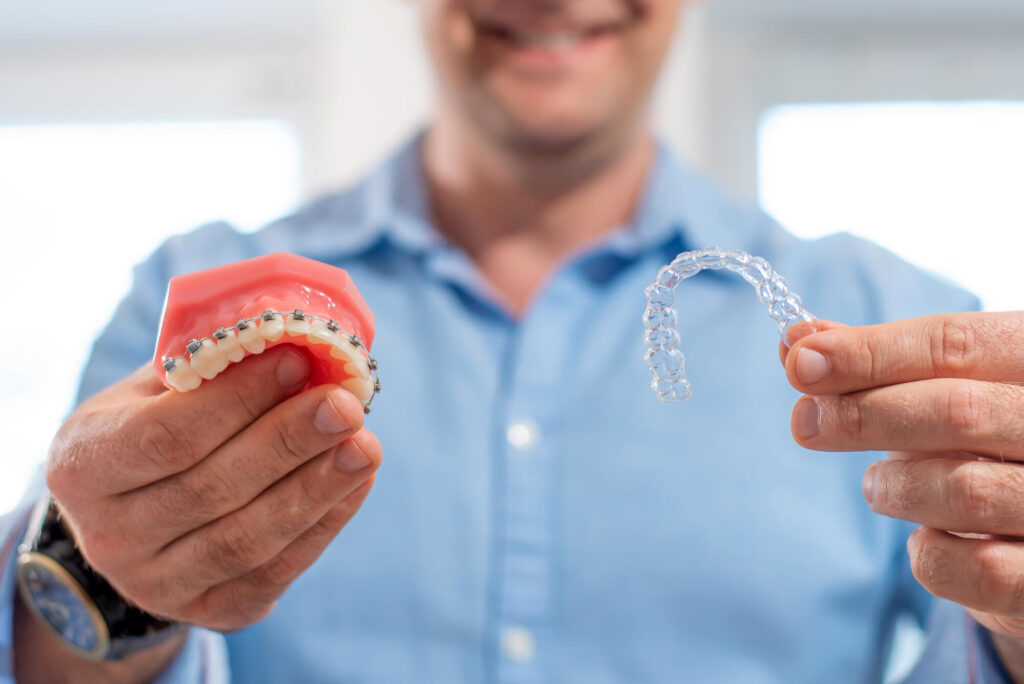May 15, 2024
It’s estimated that four million Americans wear braces. Whether you’re a teenager seeking to address specific dental concerns or an adult aiming for straighter teeth, there’s an abundance of options available to meet your needs.
In addition to considering the cost and functionality of various braces, another crucial aspect to contemplate is the level of care they necessitate. The type of braces you wear will determine how often you need to come in for check-ups.
They’ll also determine the level of home care and lifestyle changes you might need to make.
So, what are the common types of braces? And how does caring for them vary? In this guide, we’ll answer these questions so you can decide which type of braces best fit your needs.
What Are Metal Braces?
Odds are, when you picture braces, you’ll likely think of traditional metal braces. These types of braces use brackets and metal wires to gradually shift the alignment of your teeth.
While they’re the most affordable options you’ll find, they’re also the most noticeable.
While this is socially fine if you’re a teenager, it can make some adults feel a little awkward. If you fall into this category, you might want to consider one of the more discreet options.
Metal Braces Treatment and Care
When you get your metal braces, one of our orthodontists will bond a bracket to each tooth. From there, flexible wiring is placed over the bracket and held in place with a ligature.
Once the braces are in place, you’ll need to return to the orthodontist every four to six weeks to get them tightened. In terms of caring for braces and teeth, you must clean them correctly.
When brushing, you need to target areas like the top of your brackets at the start with back-and-forth motions. Then, switch to circular motions when brushing the biting side and tongue-facing side of your tooth.
Flossing can also be a pain since you need to thread it between the brackets. One solution to this is a water flosser. Remember that it’s important to practice proper braces cleaning or you could get white spots.
What Are Ceramic Braces?
Ceramic braces operate in quite the same way as metal braces. It uses a combination of wires, brackets, and ligatures to straighten the teeth. The main difference is the material that’s used.
All of the components of ceramic braces are tooth colored. While they’re not invisible, like clear aligners, this white color makes them much harder to notice.
Perhaps that’s why they’re a popular option for the rising number of adults seeking braces.
Ceramic Braces Treatment and Care
With ceramic braces, you generally need to go in for less tightening sessions, especially if you have self-ligating brackets. Dental care with braces made of ceramic is similar to metal braces, however, they require even more attention.
That’s because the material is even more fragile than metal. As such, you need to make sure that you avoid foods that are sticky, hard, or crunchy. These can all cause huge amounts of damage and cracks.
It’s also vital that you brush your teeth even more frequently. That’s because ceramic material stains easily.
For adults, it may be wise to reduce your intake of coffee and wine. Both of these liquids stain your ceramic braces easily.
What Are Clear Aligners?
Unlike the other two types of braces, clear aligners don’t require any metal or brackets. Alternatively, custom-made aligners like our Simply SouthShore Aligners are crafted to precisely fit the contours of your teeth.
As the aligners are crafted entirely from plastic and nearly invisible, they’re a great fit for adults who are concerned about aesthetics and don’t want their treatment to be noticeable.
However, it’s important to keep in mind that this option tends to be more expensive. The most popular clear aligner option in the market is Invisalign.
Check out this guide to see which option is right for you.
Clear Aligners Treatment and Care
With clear braces or aligners, you won’t require any tightening sessions. Instead, you’ll be sent a custom mold. You’ll need to wear this for twenty-two hours each day.
Every two weeks or so, you’ll receive another set of aligners that will tighten on your teeth. This makes it a lot more convenient than traditional braces. Care is generally quite easy when you have clear aligners.
That’s because you can simply take them off to brush and floss your teeth. Make sure you also take them out when eating or drinking. If you do drink something with the aligners in, make sure that it’s only water.
Why? Because when you drink sugary beverages, coffee, or tea, the liquid will get under your aligners and stay there. The acid and sugar in these drinks can dissolve your teeth and cause cavities.
How to Choose the Right Type of Braces
The right type of braces for you will ultimately depend on factors like your budget, insurance options, and care/visual preferences. As we mentioned, many adults prefer more discreet options like ceramic braces or clear aligners.
However, the options tend to be quite expensive even with good dental insurance. That’s why we recommend consulting with our orthodontists. They can inspect the current state of your teeth and recommend options that fit whatever preferences you might have in terms of budget or style.
In some cases, they might even be able to recommend custom options for your specific needs.
SouthShore Orthodontics Is Here to Help
We hope this guide helped you learn more about how care varies depending on the type of braces. Here at SouthShore Orthodontics, we know that everyone has different needs when it comes to braces.
That’s why in addition to all of the braces covered, we also provide our custom Simply SouthShore Aligners. These are great options for people who have had braces in the past but want to straighten their teeth again.
If you want to learn more about which braces are right for you, schedule a free consultation with us today.


